Osteoarthritis is a degenerative disease characterized by the progressive destruction of cartilage. The hip joint is one of the most frequently affected.
Osteoarthritis affects the whole joint, with progressive loss of articular cartilage, bone deformities in the form of cysts and growths called osteophytes that can restrict movement, and weakening and loosening of the muscles and ligaments that normally provide support and stability to the joint.
The first sign of hip osteoarthritis is usually localized pain in the groin crease, which may extend down the front of the thigh or the side of the hip. Gradually, you may be able to walk for less and less time before the pain appears and becomes limiting.
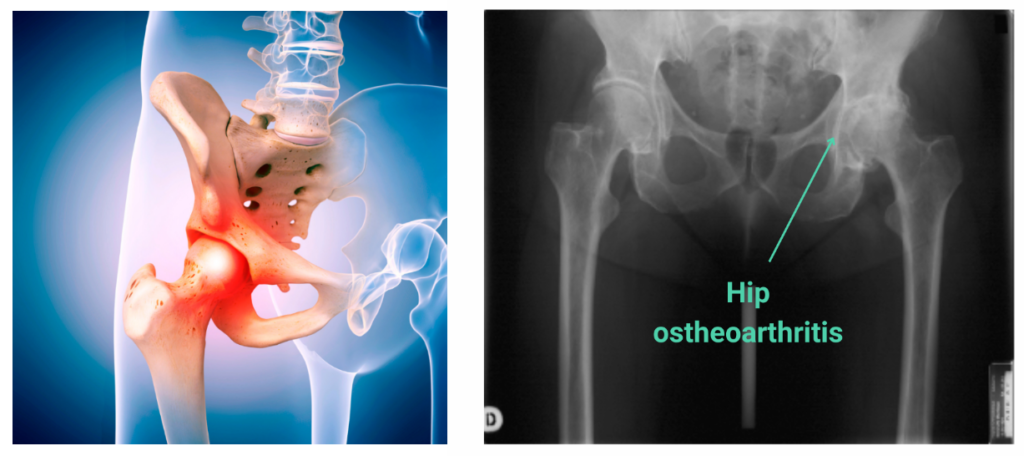
The early signs and symptoms of knee osteoarthritis can vary from person to person, but here are some common signs to watch out for :
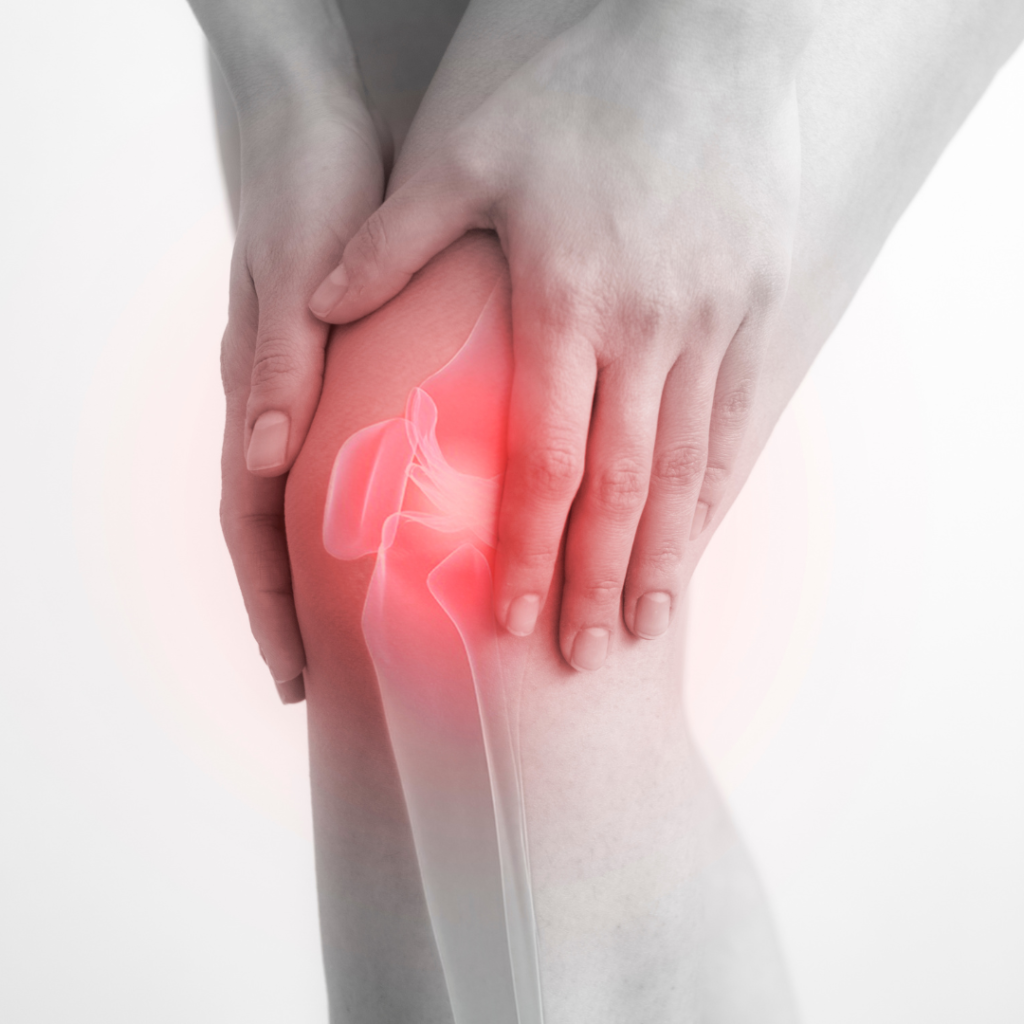
- Pain: Pain is one of the most common symptoms of knee osteoarthritis. Initially, pain may be mild or occasional, but it tends to worsen over time. It can be described as a dull, throbbing pain or general discomfort in the knee.
- Stiffness: You may experience stiffness in the knee, particularly after a period of inactivity, such as after waking up in the morning or after sitting for a while. Stiffness tends to improve with activity.
- Swelling: Knee osteoarthritis can cause swelling of the joint. This may be due to synovial fluid accumulation or inflammation.
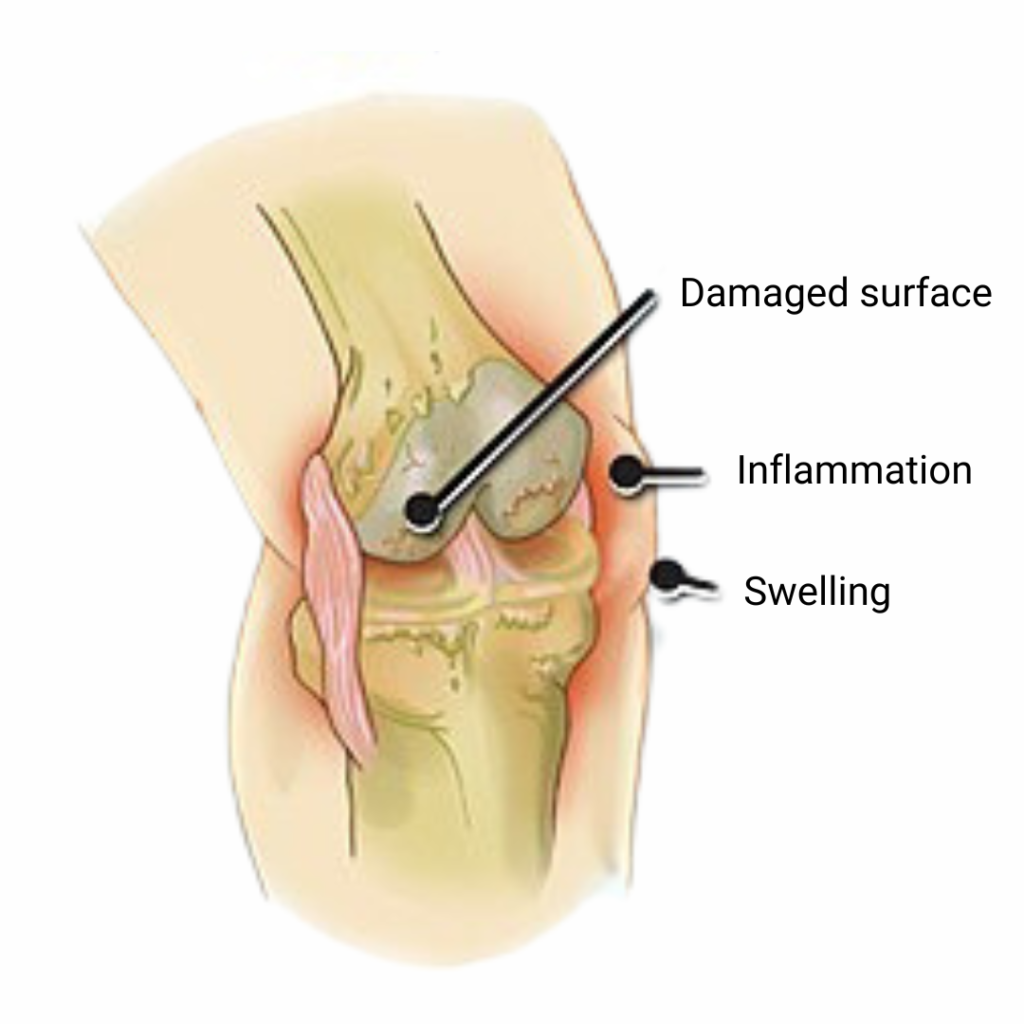
- Reduced mobility: Osteoarthritis can lead to reduced knee mobility, which can make movements such as flexion and extension more difficult.
- Sensation of weakness: You may feel a sensation of weakness in the knee, which can affect your ability to support your body weight.
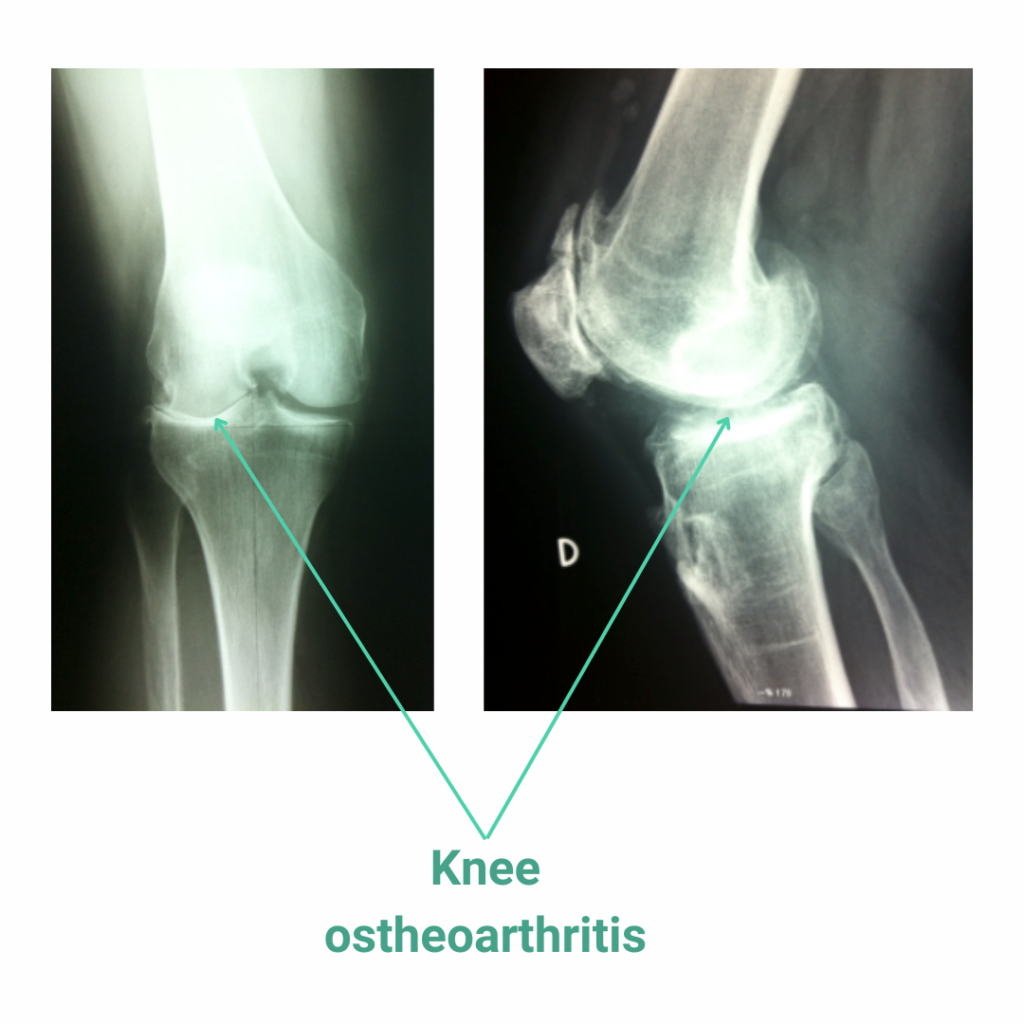
The evidence-based recommendation is to initiate appropriate treatment as soon as symptoms appear (initially conservative, then surgical if painful symptomatology persists despite well-conducted conservative treatment), as the prognosis is better if treatment is initiated early.
Some frequently asked questions about treatments for hip and knee osteoarthritis:
How useful are PRP and hyaluronic acid infiltrations for osteoarthritis?
PRP (platelet-rich plasma) and hyaluronic acid infiltrations are two treatments commonly used to relieve the symptoms of early osteoarthritis of the knee and sometimes the hip. Here’s how they work :
- PRP: a treatment that involves taking blood from the patient, centrifuging it to extract platelets and injecting them into the area affected by osteoarthritis. Platelets contain growth factors that can stimulate regeneration of damaged tissue and reduce inflammation. PRP injections can reduce pain, improve function and slow the progression of osteoarthritis.
- Hyaluronic acid: a natural substance found in joint fluid, which acts as a lubricant in the joints. In osteoarthritis, hyaluronic acid levels decrease, which can contribute to the onset of joint pain and stiffness. Hyaluronic acid injections can help restore hyaluronic acid levels in the joint, reducing pain and improving mobility.
These two treatments can be used alone or in combination with other therapies to relieve the symptoms of early osteoarthritis of the knee and hip. However, it is important to note that these treatments are not curative and cannot reverse the damage caused by osteoarthritis. Patients should discuss with their doctor whether or not these treatments are appropriate for their particular case.
Are there any meta-analysis studies confirming the effectiveness of muscle strengthening in the treatment of joint pain associated with early osteoarthritis?
Yes, there are several studies that have confirmed the effectiveness of muscle strengthening in the treatment of joint pain associated with early osteoarthritis.
A study published in the Journal of Clinical Rehabilitation showed that muscle-strengthening exercises improved muscle strength and reduced pain in patients with early osteoarthritis of the knee.
Another study published in the Journal of Geriatric Physical Therapy showed that muscle-strengthening exercises improved physical function, quality of life and muscle strength in patients with osteoarthritis of the hip.
In addition, a study published in the Journal of Orthopaedic and Sports Physical Therapy showed that muscle-strengthening exercises reduced pain and improved function in patients with osteoarthritis of the knee.
These studies suggest that muscle strengthening can be effective in treating joint pain associated with early osteoarthritis, by improving muscle strength, physical function and quality of life. However, it is important to emphasize that treatment of early osteoarthritis must be tailored to the patient’s individual needs, and that muscle strengthening should not be used as a single treatment, but rather as part of an overall treatment plan.
Why is it difficult to regain muscle tone in someone with advanced osteoarthritis?
Osteoarthritis is a degenerative disease that affects the joints, and can lead to significant joint pain and stiffness. As pain and stiffness worsen, it can become difficult for the person to maintain their usual level of physical activity, which can lead to loss of muscle mass and muscle weakness.
In addition, joint pain and stiffness can affect the way a person walks and moves, which can also lead to a loss of muscle strength. Reduced physical activity can also lead to a loss of bone density, which can worsen osteoarthritis.
When reduced physical activity and pain caused by osteoarthritis are significant, muscle recovery can be difficult.
However, hip or knee replacement surgery can help restore joint function and relieve pain, enabling the patient to resume normal physical activity and regain muscle strength. Muscle recovery can take time and require physiotherapy sessions, ideally even before surgery, but with time and patience, muscle strength can be regained.
When is a total hip replacement (THR) recommended?
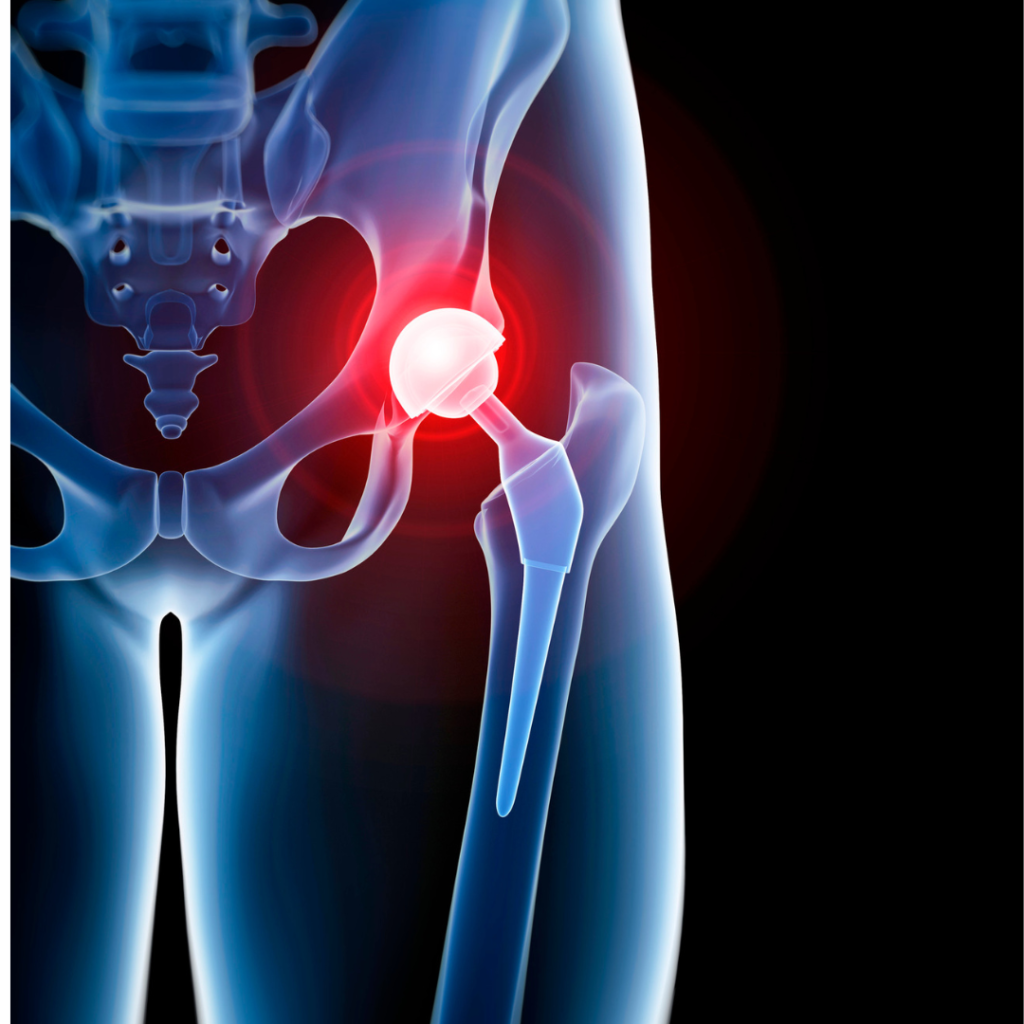
When pain sets in, it causes a vicious circle: by limiting your movements and restricting your physical activity, your musculature, which is one of the protective pillars of your joints, is less well maintained.
As a result, the disease progresses and all your joints become more vulnerable.
In the majority of cases, we implant a hip prosthesis to treat disabling osteoarthritis, when pain and limited movement persist despite conservative treatment. More rarely, we propose immediate implantation of a prosthesis when the lesions are already too advanced.
This procedure can also be performed to replace the hip joint following a fracture of the neck of the femur.
When is a partial or total knee replacement (TKR) recommended?
When damage is localized to just one part of the joint, the affected tissue can be replaced by a prosthetic joint surface, thus retaining some of the “natural” joint and bone. This is known as a partial knee prosthesis.
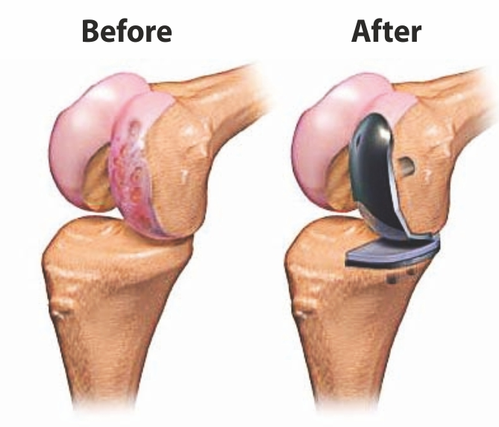
Credit: Indiamart
When the damage extends to the whole joint, it is necessary to replace it entirely with the prosthetic surface, in this case a total knee prosthesis (or TKP).
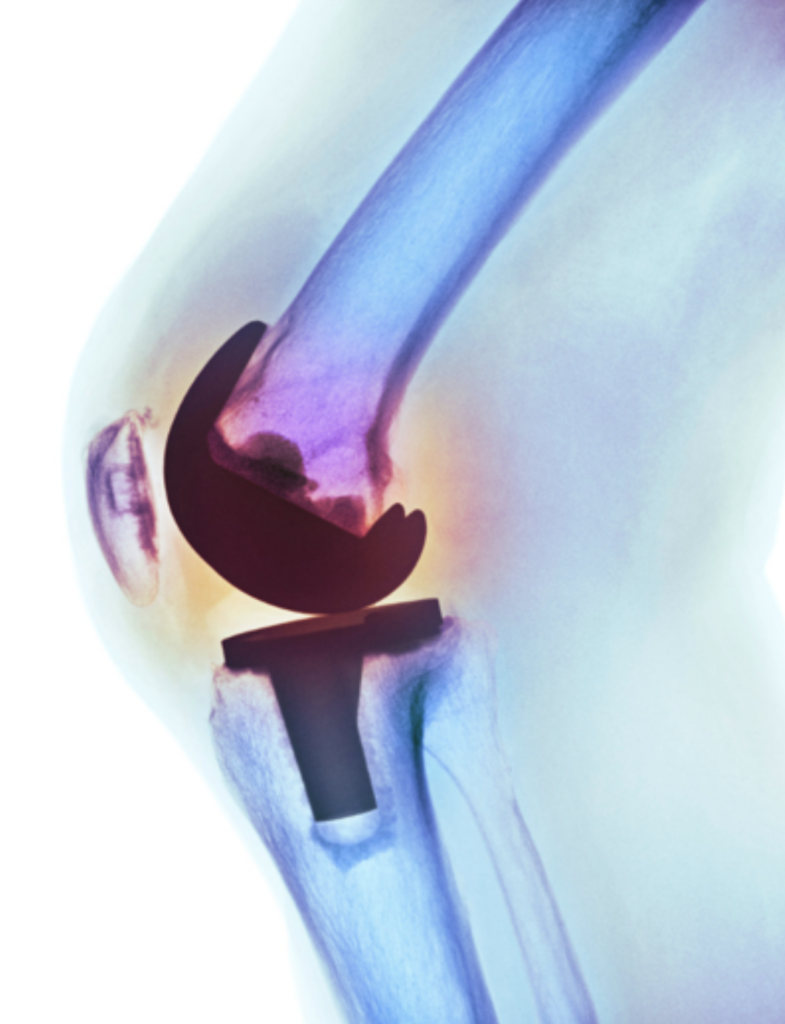
Our concern is to do everything we can to make your treatment a success. There are a number of factors that can improve the prognosis of both hip and knee osteoarthritis:
- The quality of pre-operative physical preparation, including an optimal combination of muscle-strengthening and stretching exercises.
- Effective, well-monitored post-operative rehabilitation
- Appropriate choice of surgical technique and precision during implant placement.
If physical preparation and rehabilitation are rigorously followed, and the operation goes smoothly, our chances of achieving a highly satisfactory result increase significantly, and the patient’s quality of life is considerably improved.
Our entire team of specialists is at your side to guide you through every phase of the treatment.
We look forward to hearing from you!